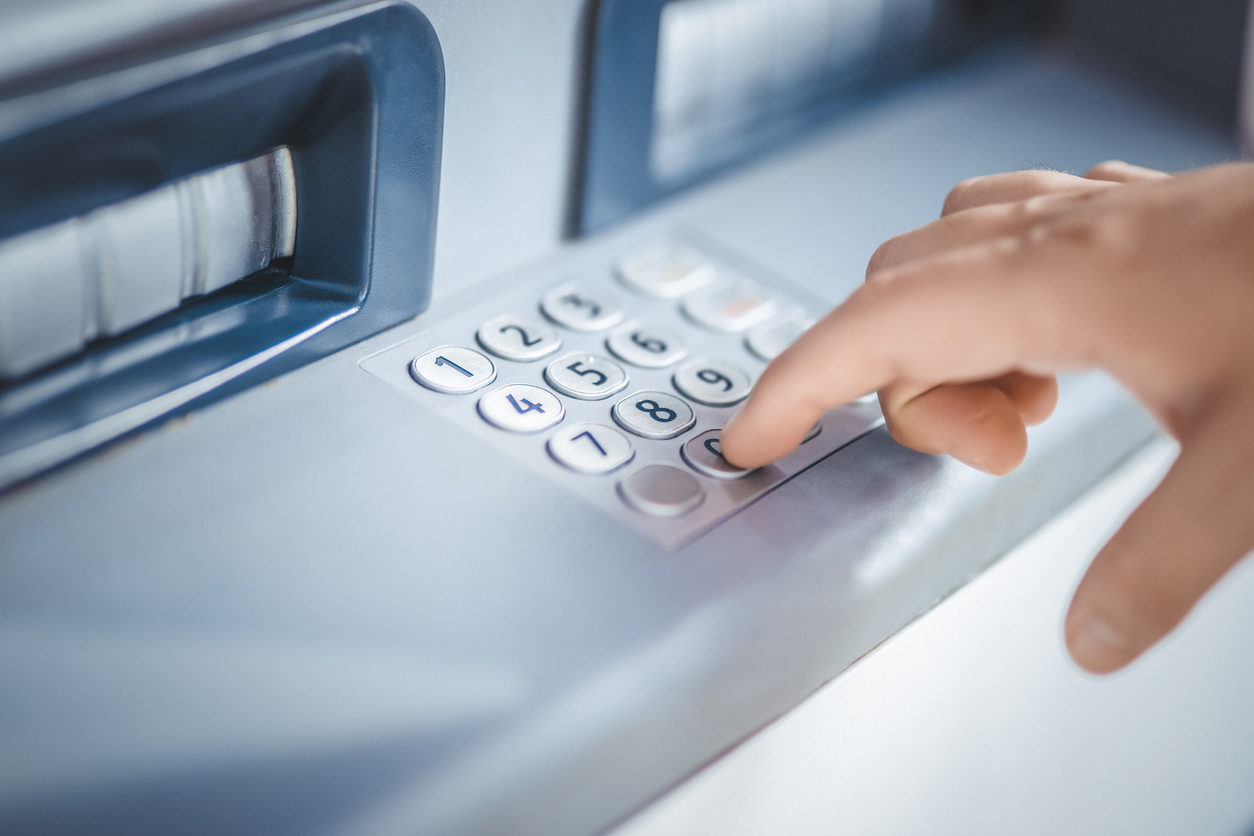Customers pulled about $100 billion in deposits out of First Republic Bank last month, when a pair of bank failures shook Americans’ faith in regional lenders.
The bank’s first-quarter earnings report Monday detailed its precarious financial situation following the massive withdrawals.
Deposits fell more than 40% to $104.5 billion at the end of the first quarter, from $176.4 billion on Dec. 31. The first-quarter tally includes $30 billion from megabanks including JPMorgan Chase & Co. meant to keep First Republic afloat, suggesting last month’s panic cost the bank around $100 billion in deposits.
First Republic’s profit fell 33% in the first quarter to $269 million from $401 million a year earlier. Revenue dropped 13% to $1.2 billion. Most of the quarter happened before the deposit run forced the bank to take on expensive loans from the Federal Reserve and Federal Home Loan Bank, which is likely to crimp future earnings.
First Republic shares have lost nearly 90% of their value since early March. They fell 20% in after-hours trading following the earnings report.
First Republic is “working to restructure our balance sheet and reduce our expenses and short-term borrowings,” finance chief Neal Holland said in a statement. First Republic will reduce head count by 20% to 25% and slash executive pay, the bank said. Executives declined to answer questions on a call with analysts Monday.
Withdrawals have stabilized, First Republic said, and the bank is trying to bring in fresh deposits. Excluding the $30 billion from the megabanks, the run cost First Republic all but $19.8 billion of its uninsured deposits, a low-cost funding source that was once a cornerstone of its business model.
Many regional banks recently reported a decline in deposits in the first quarter, including Comerica Inc. and Zions Bancorp. But the drop at First Republic stands out for its sheer size. Many of the other regional banks reported higher first-quarter profits.
First Republic was once the envy of the banking business. The lender grew rapidly by catering to wealthy clients who wanted high-touch service that they couldn’t get from bigger banks. In a low-rate world, those customers were happy to leave large sums of money in accounts earning nothing.
The bank also specialized in making huge mortgages, some at low rates, to rich people such as Mark Zuckerberg.
The bank’s highflying business came back to earth after the Federal Reserve began raising interest rates. Wealthy customers, no longer content to leave giant balances in bank accounts earning paltry interest, began to move their money into higher-yielding alternatives.
The sudden failure of Silicon Valley Bank last month spooked customers with balances exceeding the Federal Deposit Insurance Corp.’s $250,000 insurance limit.
The two banks had a lot in common. They shared a Bay Area clientele and a large percentage of uninsured depositors. And rising rates saddled both banks with large unrealized losses, in First Republic’s case on its portfolio heavily skewed toward low-rate mortgages.
Every type of deposit fell at the bank in the quarter except for “time deposits,” or certificates of deposit, a category that included the $30 billion big-bank infusion. First Republic paid an average rate of 2.93% on CDs.
The bank considered a sale or outside capital injection and hired investment bankers to advise on its options, The Wall Street Journal has reported. On Monday, the bank said it is “pursuing strategic options” but didn’t offer additional details.
After Silicon Valley Bank’s collapse sparked a deposit run, First Republic filled the hole with loans from the Federal Reserve and Federal Home Loan Bank, which lend to stressed banks, and a line of credit from JPMorgan. Borrowings peaked at $138 billion on March 15. First Republic said that figure had fallen to $104 billion on Friday.
The bank said it paid between 3% and 4.9% on loans from the Fed and FHLB in the quarter, on average.
This means First Republic is facing a grim and unusual situation where it may have to pay more on its liabilities than it is earning on its loans, analysts have said. In the first quarter, the bank’s loan book yielded 3.73%.
Rising rates have battered the value of First Republic’s mortgages and other loans. The bank’s balance sheet showed $166.1 billion of loans as of Dec. 31, at amortized cost. A footnote said their fair-market value was $143.9 billion. The $22.2 billion difference was greater than First Republic’s $17.4 billion of total equity, or assets minus liabilities.














